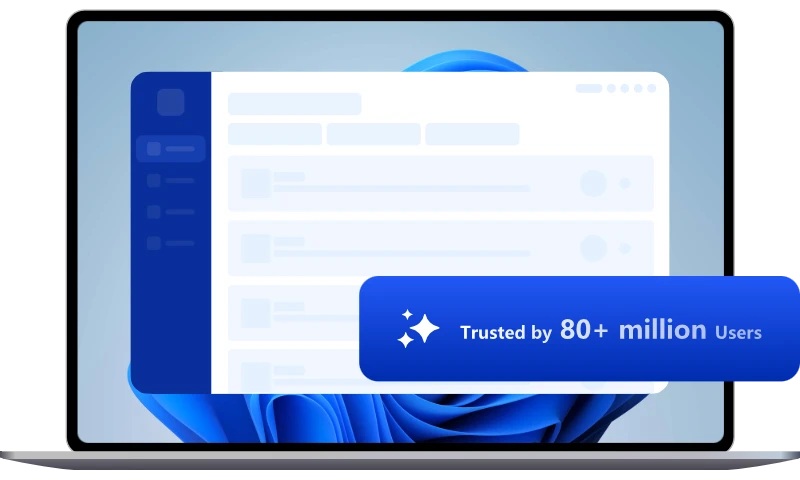Windows 11 Explorer Will Allow You to Control Office Files
A new change in the early preview will allow users to turn off the Office.com integration in File Explorer. Under a new entry in the Group Policy Editor, users can disable files from Office.com in the operating system and File Explorer will stop including cloud files in the Quick Access view.
Back in 2019, Microsoft made changes to the search box in Windows File Explorer to begin allowing users to search both their OneDrive cloud storage and local files. Microsoft also updated the Recent Files section of Explorer and added support for Office.com entries.
Along with these additions, Windows Explorer became slower, especially when the search box would even become unresponsive when users tried to search for their local files. However, Microsoft still seems to be planning to give users more control over the results in File Explorer's "Quick access" view.
A new change in the early preview will allow users to turn off the Office.com integration in File Explorer. Under a new entry in the Group Policy Editor, users can disable files from Office.com in the operating system and File Explorer will stop including cloud files in the Quick Access view.
In addition, when Office.com integration is turned off, users will also prevent File Explorer from making network requests to Microsoft's services to retrieve recent cloud file data. This reduces the use of background data and resources and improves the overall experience with Windows.
This change will also apply to the recommendations section of the Start menu. When this feature is disabled, the Start menu will stop fetching Office files. It is worth noting that Office integration includes both personal and Microsoft 365 accounts, so this change will benefit all users.
Upcoming changes to Windows 11 File Explorer
As many users have fed back, File Explorer has become slower in Windows 11. The context menu that appears when right-clicking on a file or folder can be sluggish than expected. This is because in Windows 11, Microsoft has changed the way the context menu works to prioritize the most commonly used options.
In some cases, users observed a 1/2 second delay due to the menu trying to resize when clicked anywhere in the Explorer window. In addition to the bug fix, Microsoft has introduced new keyboard shortcuts that allow users to quickly copy the path of a file or folder. Now, users need to right-click on an item and select "Copy as path" to copy its location.

